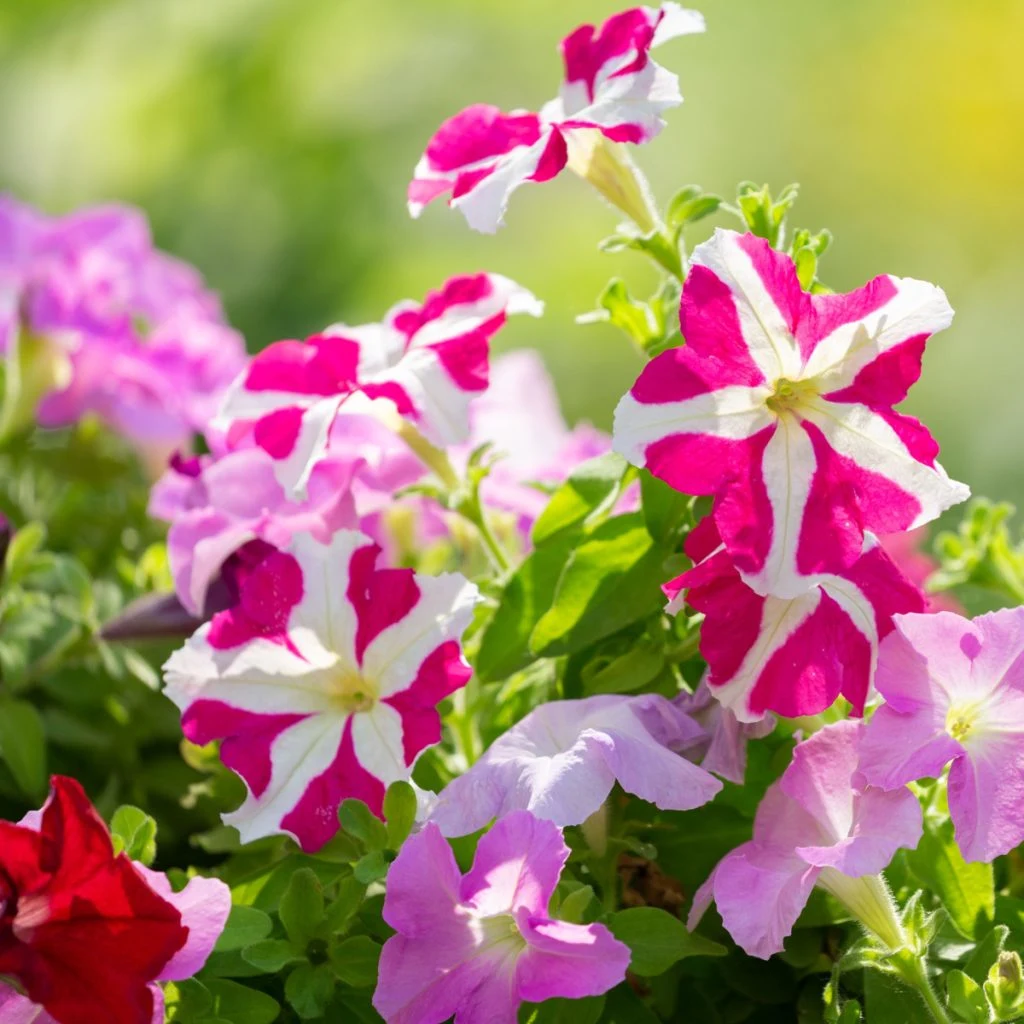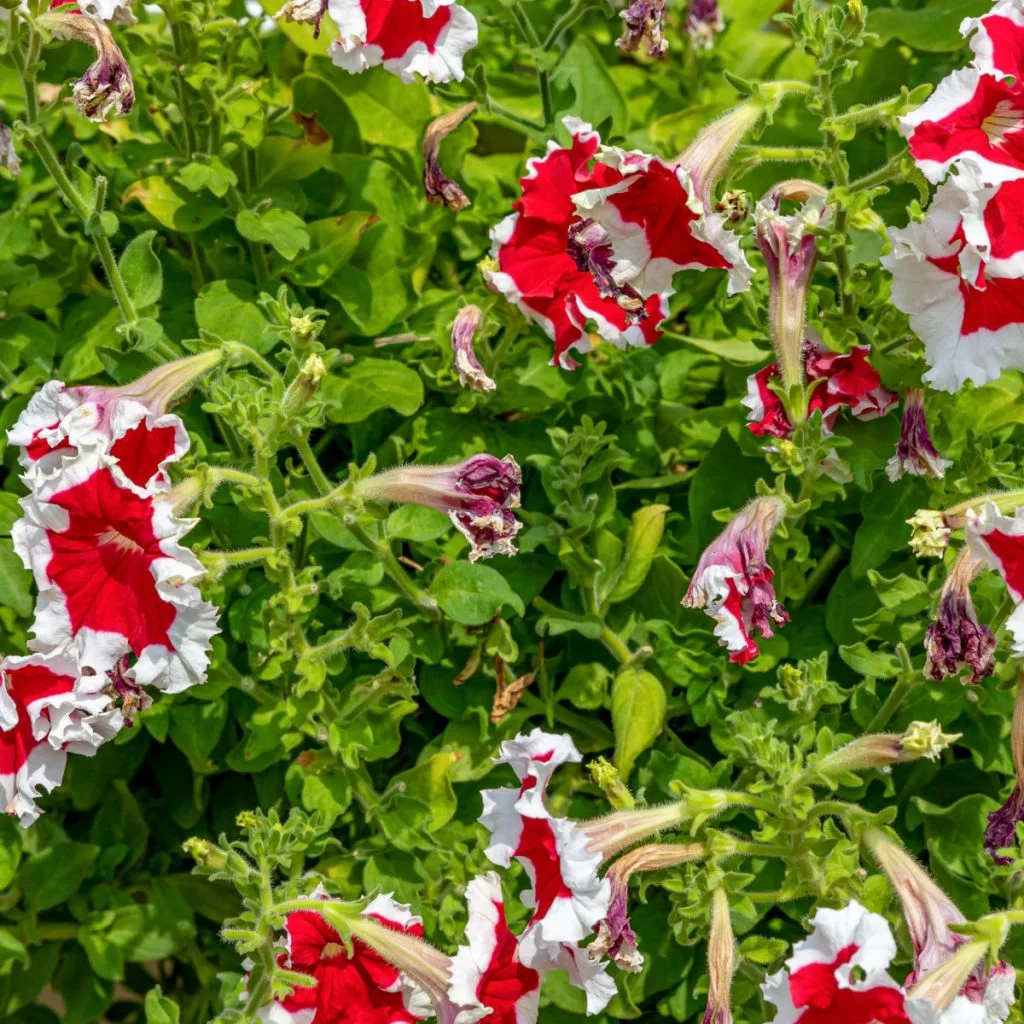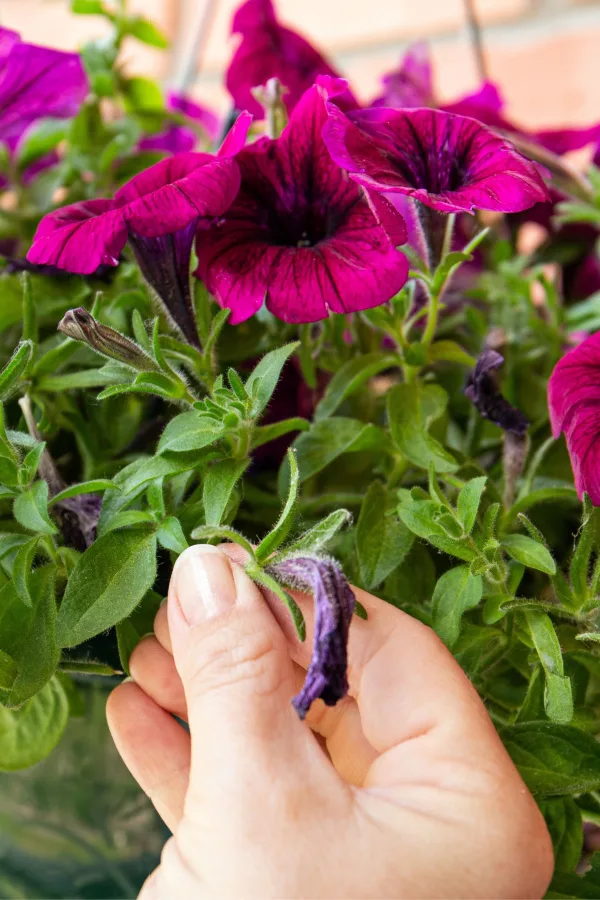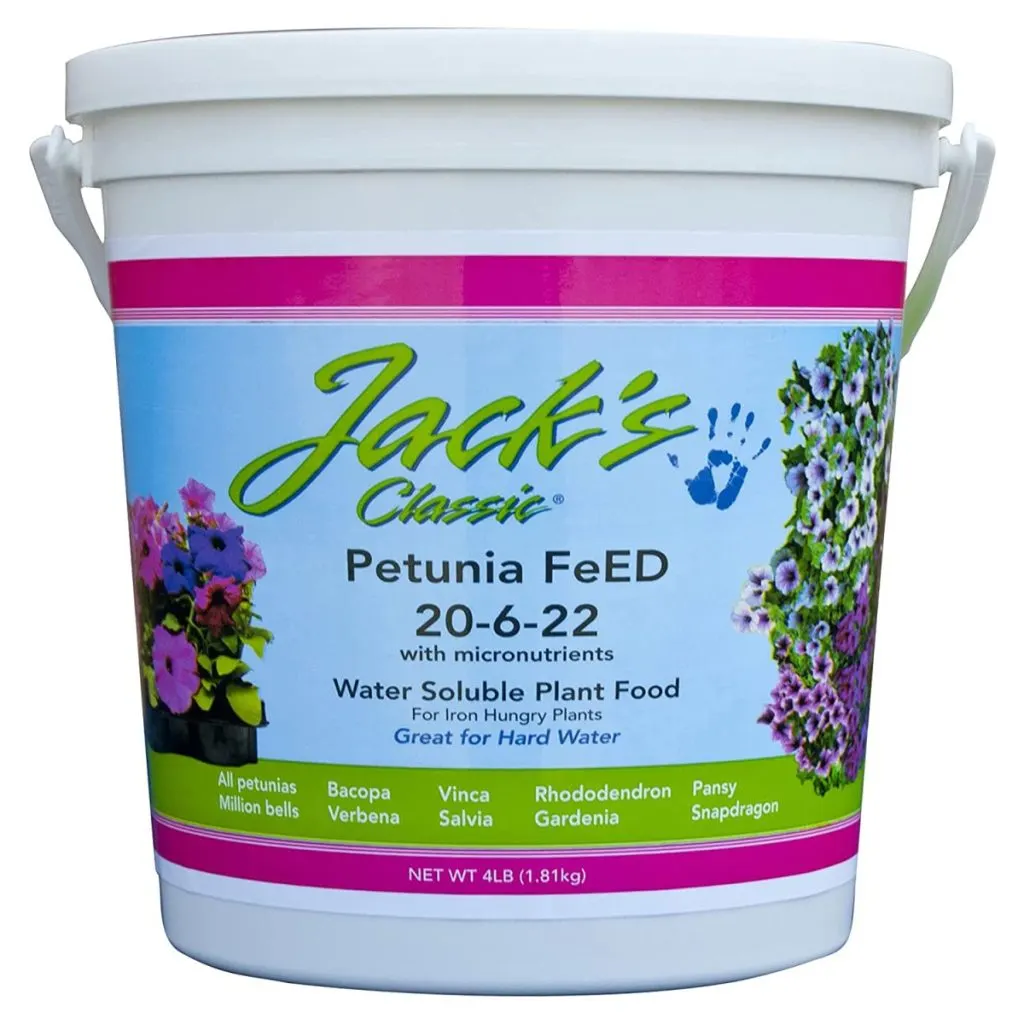If the petunias growing in your hanging baskets and flowerbeds are starting to look weak and lifeless, it’s time to bring them back to life with a little TLC.
With their bright blooms and fast-growing nature, petunias can fill containers, flowerbeds, and hanging baskets with an explosion of color. But even the healthiest petunias can start to struggle as summer goes on, especially when high heat, a lack of nutrients, and improper care begin to take a toll.
The good news? It’s easier than you might ever think! In fact, with just a little attention and some simple summer maintenance, you can revive tired, leggy petunias and bring them back to full blooming power in no time at all.

How To Bring Your Petunias Back To Life
One of the biggest issues gardeners face with petunias in the middle of summer is that the plants seem to run out of energy. They stop blooming as heavily, start looking a bit straggly, and sometimes appear to be dying off altogether.
This is especially true for petunias growing in containers, where the limited soil space means fewer nutrients and quicker drying.
When this happens, it’s not that the plant is beyond saving. In fact, most petunias can go right back to producing big, beautiful blooms all the way into fall. And to get that process jump started, it all starts with a little fertilizing!
The Importance of Summer Fertilizing
One of the main reasons petunias slow down in summer is due to nutrient depletion. Petunias are heavy feeders, especially when they are growing in pots and baskets. In those tight spaces, there’s only so much soil to begin with.
By mid-summer, the plants have often used up most of the nutrients that were once there. Even if the potting mix was rich at the start of the season, watering over time washes nutrients away. And it leaves the plant without enough energy to continue growing or blooming.

This is where fertilizing plays a major role in bringing your petunias back to life. But it’s not just about feeding them anything. The key is to use a fertilizer that will support flowering and green growth. And for this, petunias are a bit different in their needs than most flowering annuals.
Choosing the Right Fertilizer To Bring Petunias Back To Life
Unlike most annuals, petunias do not need a lot of phosphorous for blooming. A liquid fertilizer that’s higher in nitrogen and potassium can help petunias thrive far better than one with too much phosphorous.
While phosphorous does play a role in blooming, petunias only need it in small amounts. When it’s too high, it can actually cause buildup in the soil and lead to poor nutrient uptake overall.
Nitrogen is essential for strong leaf and stem growth. Petunias use a lot of energy to grow and fill out baskets, flowerbeds and planters. Without enough nitrogen, plants will quickly become pale, thin, and leggy.
Potassium, on the other hand, helps petunias build strong roots and maintain steady blooming throughout the summer. It improves flower color and helps the plant deal with stress from heat or drought.
Using a liquid fertilizer with a nitrogen-phosphorous-potassium (N-P-K) ratio with two to three times the nitrogen and potassium is the best option for getting petunias back on track with flowering. Affiliate Link: Jack’s Classic 20-6-22 Petunia Feed Water-Soluble Fertilizer
Why use a liquid fertilizer? Quite simply, it’s ideal for feeding petunias because it absorbs quickly into the soil and reaches the roots fast. When mixed at half strength and applied every 7 to 10 days, it will give petunias just the right boost without overwhelming them.
Deadheading Petunias To Help Bring Them Back To Life
Another key step to getting petunias to bloom again is regular deadheading. Petunias, especially older timeless varieties produce seed heads after the blooms fade.
If those seed heads are left on the plant, it signals to the petunia that its job is done. The plant then begins to focus its energy on seed production instead of growing new blooms. See our article: The Best Way To Deadhead Petunias.
Deadheading is simple but powerful. Removing spent flowers before they go to seed keeps your petunias in a constant state of trying to bloom.
To deadhead, simply pinch or snip off the dead flower along with the small seed pod right behind it. Unfortunately, if you leave that pod, the plant will keep directing energy toward it. It’s important to do this regularly, especially in mid to late summer when the plant needs all the help it can get to keep going strong.
There are some modern petunia varieties called “self-cleaning” petunias that drop their old blooms on their own. While these types make for easier maintenance, even they can benefit from occasional cleaning up.

Pruning Your Petunias
Fertilizing and deadheading alone won’t bring petunias back to life if they’ve started to become leggy or weak. This is a common issue with petunias in summer. As the plants stretch out to reach for light, especially when they’ve bloomed hard early in the season, they can begin to look long, scraggly, and sparse.
The flowers begin to appear only on the ends of long stems, and the plant starts to lose its full, bushy look. When this happens, it’s time for a summer haircut. Cutting back your petunias may seem drastic, but it’s one of the most effective ways to rejuvenate a struggling plant.
By trimming the stems back by about half their length, you encourage the plant to grow new shoots from the base. This results in a fuller, more compact shape and, more importantly, more potential spots for future blooms.
After trimming, give the petunias a good watering and follow up with a light dose of liquid fertilizer. You’ll be surprised how quickly they bounce back.
Consistent Watering
Last but not least, don’t forget about watering. Petunias in containers and baskets dry out much faster than those in the ground. Once roots dry out, the plant struggles to take up nutrients, and that can make recovery even harder.

Water deeply when you do water, and make sure the moisture is reaching down to the root zone. A thorough soak is better than a light sprinkle every day. Watering in the morning is ideal, as it helps the plant absorb moisture before the heat of the day hits.
In extreme heat, containers may need to be watered daily, but always check the soil first. Stick your finger into the soil an inch or two down. If it feels dry, it’s time to water. You can also mulch the tops of containers with a bit of shredded straw or bark to help hold in moisture.
Here is to bringing your petunias back to life this summer – and keeping them blooming strong all the way to fall!
Simple Garden Life
Follow Our Facebook Page For Even More Great Tips! Simple Garden Life Facebook Page
Simple Garden Life is a website dedicated to keeping gardening fun, simple and enjoyable! We publish two new articles each week along with a new garden podcast episode every two weeks. This article may contain affiliate links.

